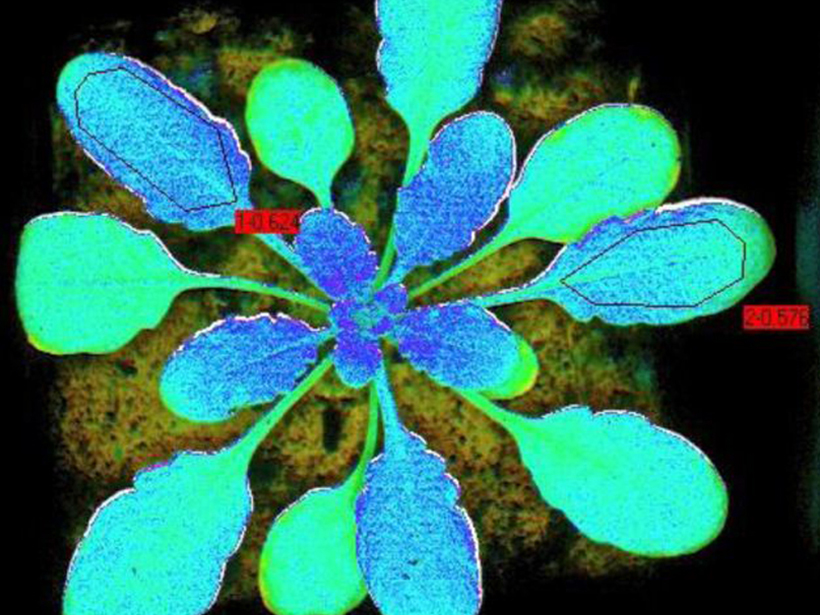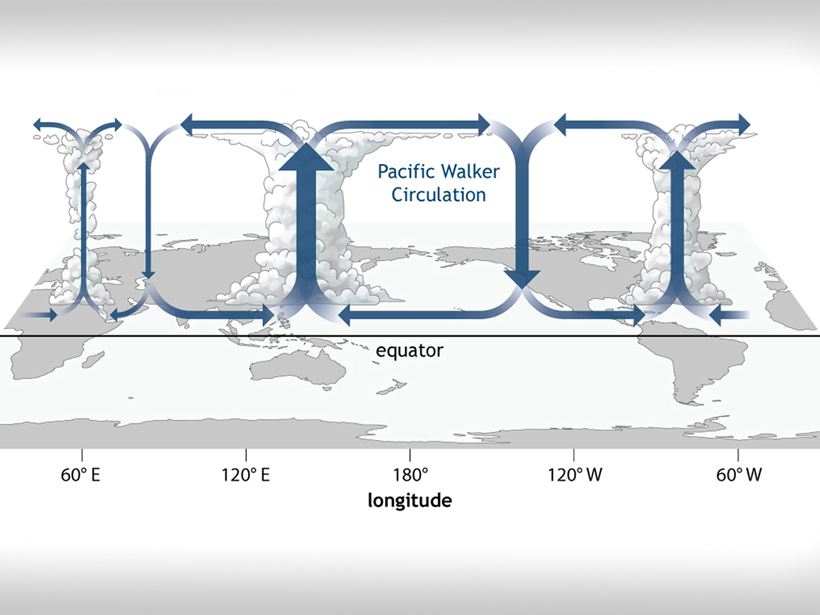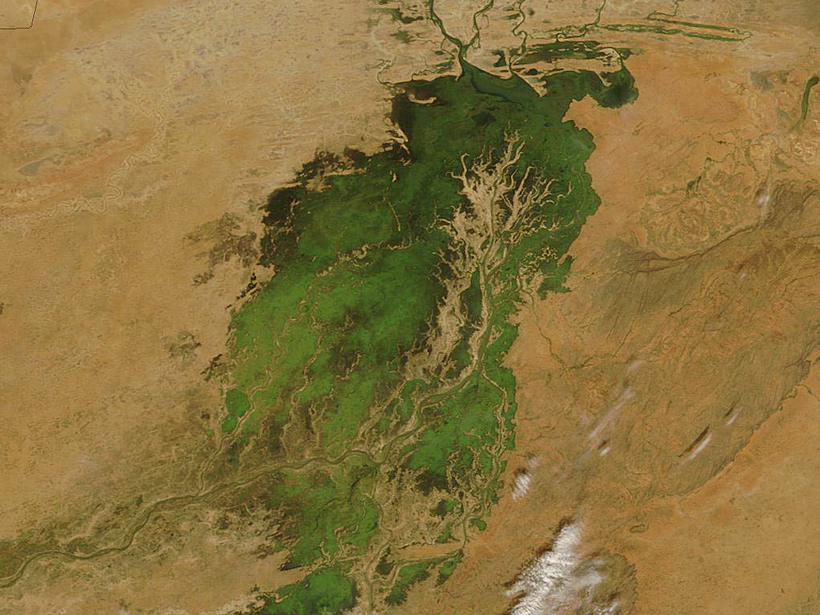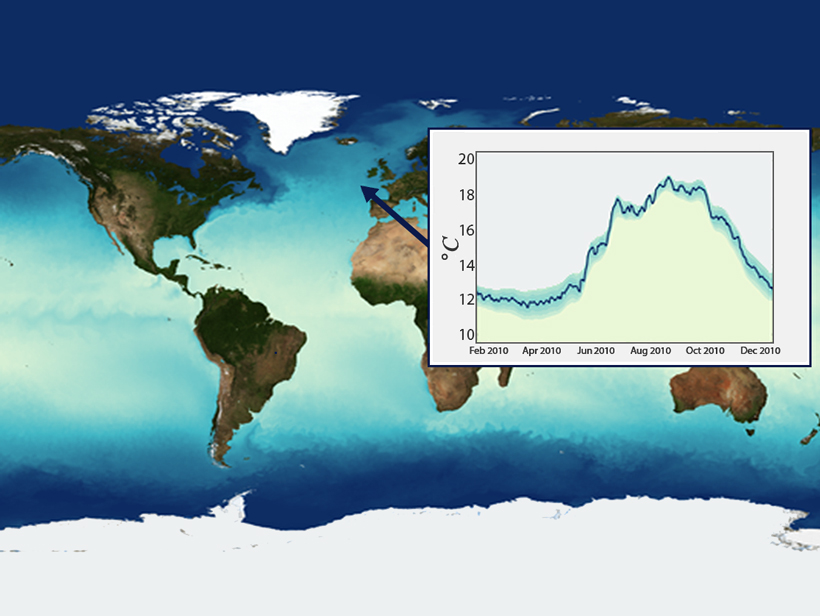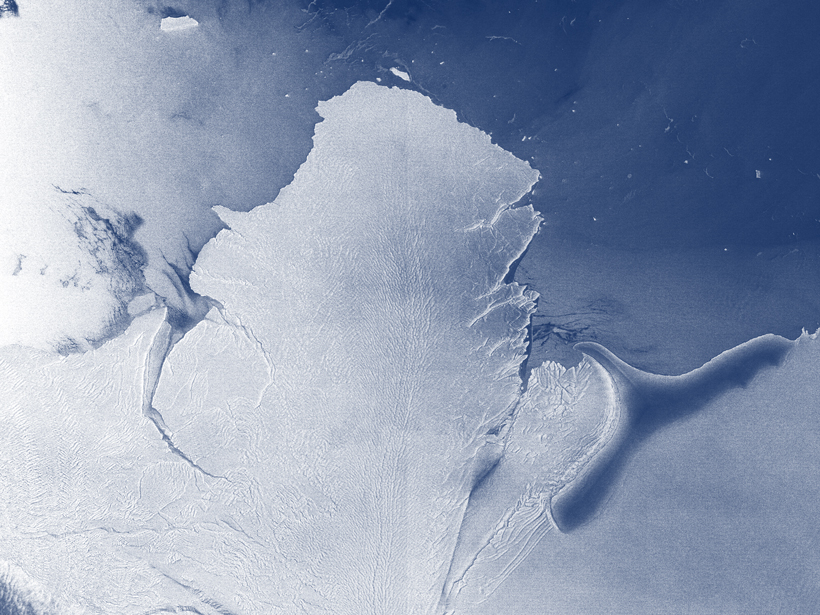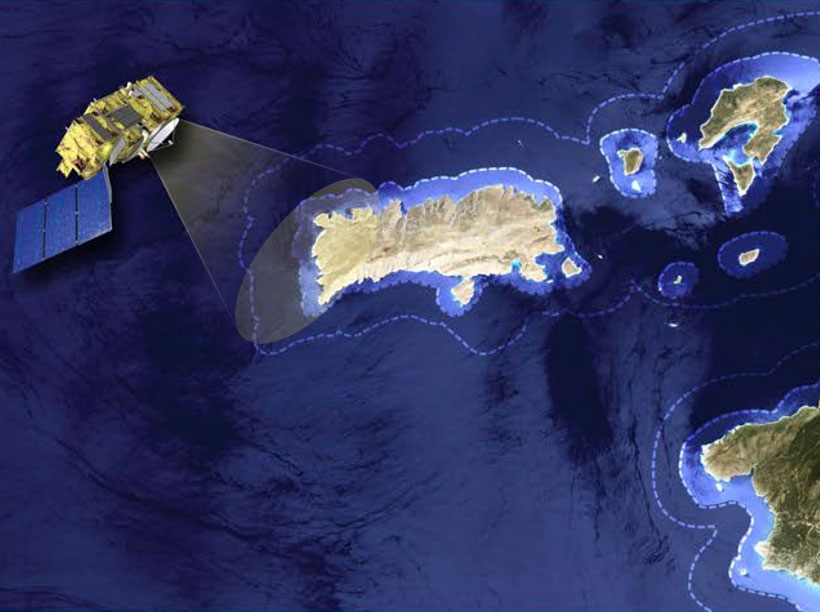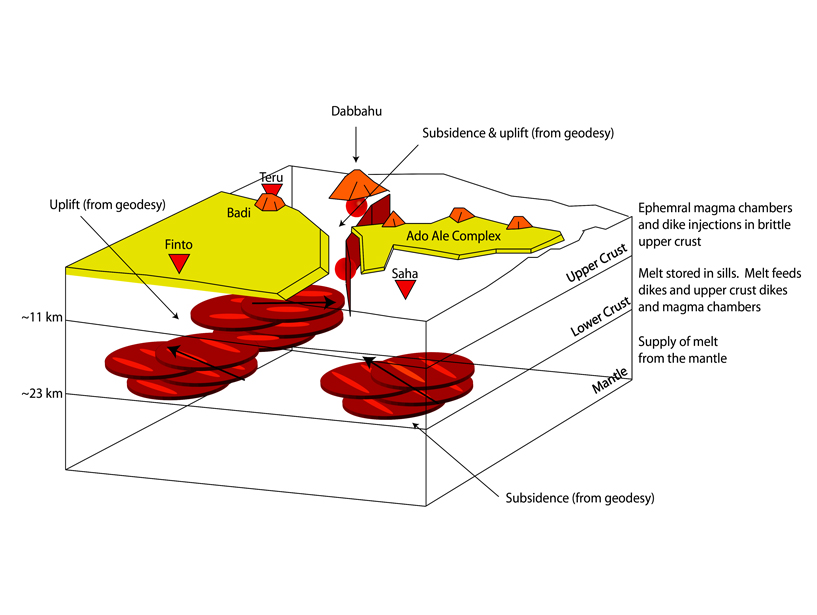Remote estimation of fluorescence emitted by plants can indicate variations in photosynthesis performance.
remote sensing
Rethinking How Tropical Convection Works
Researchers look at previous Walker circulation models and ask, Does damping truly matter?
Amazon Rain Forest Nourished by African Dust
New satellite data highlight the important role African dust plays in maintaining the rain forest's long-term health.
Satellite Measurements May Help Real-Time Water Management
Upper Niger River study shows that satellite altimetry could help resource managers optimize reservoir releases even on ungauged rivers.
Communicating Uncertainties in Sea Surface Temperature
Sea Surface Temperature User Workshop on Uncertainties; Exeter, UK, 18–20 November 2014
Researchers Track Moving Ice Shelves to Estimate Antarctic Ice Loss
A new method will help scientists monitor the basal melt of ice sheets in Antarctica.
Do All These Weather Satellites Really Improve Forecasts?
A team of researchers put an array of space- and ground-based weather instruments to the test and found that the common weather balloon is irreplaceable for forecasting rainfall.
Radar Shows Where Water and Ice Occur in Large Storms
Storms over the Indian Ocean show that precipitation type depends on oceanic airflow.
Coastal Altimetry Challenges Our Understanding of Short Scales in the Ocean
8th Coastal Altimetry Workshop; Konstanz, Germany, 23–24 October 2014
A Modified Technique to Remotely Detect Subsurface Melt
Adapting a much-used analytical method to consider anisotropy opens up the approach to new uses.

